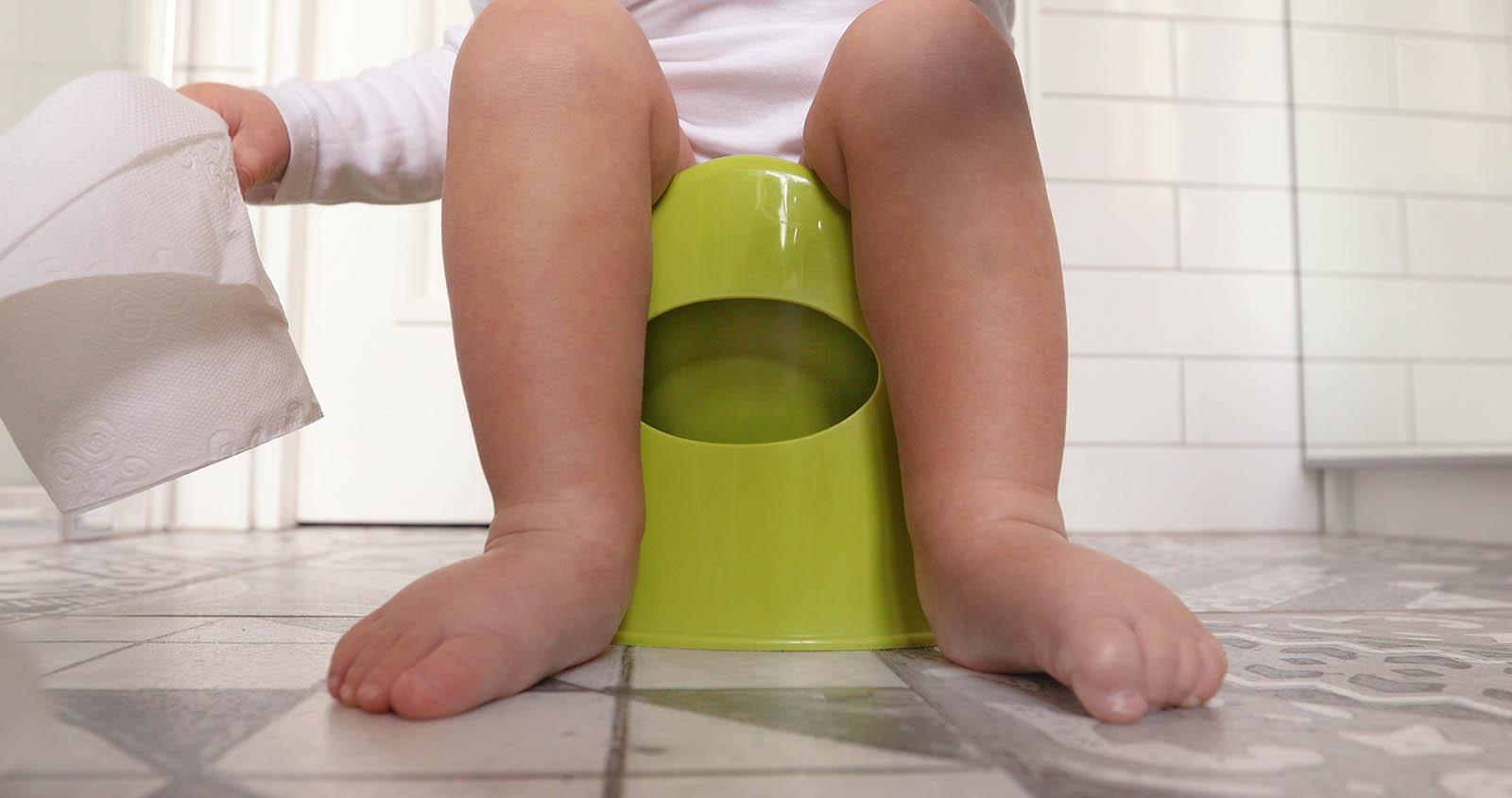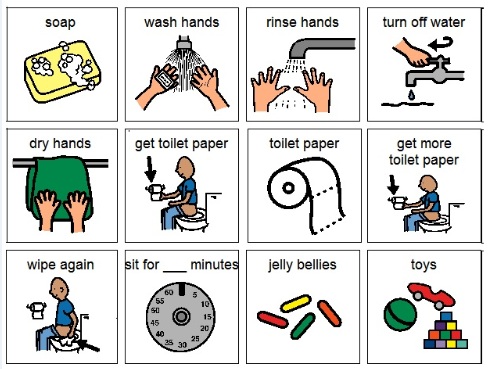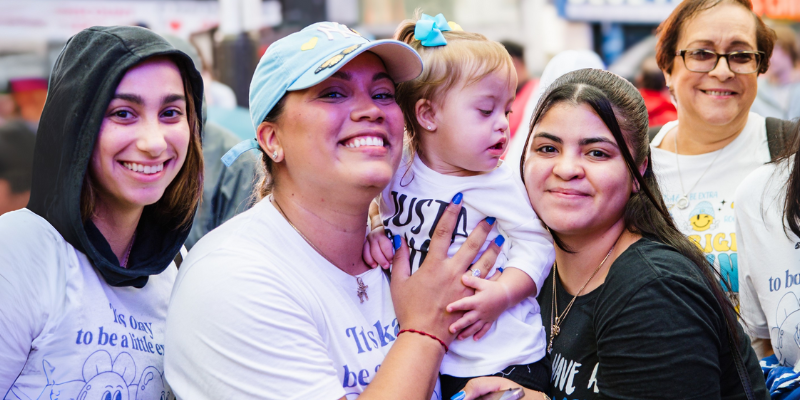
Step 1: Determining A Child’s Readiness
Many parents are eager to start a toilet training program for their children. However, some parents may be ready to start before their children are ready. Starting before a child displays the necessary readiness signs will most likely increase the amount of time it takes for the child to learn this skill as well as decrease the amount of success the child experiences. Starting too early can also lead to other problems, such as an increase in undesirable behaviors related to toilet training and high frustration levels in the parent. To ease the toilet training process and ensure that it is a positive experience for everyone involved, it is recommended that parents assess their child’s toilet readiness skills. Important signals of readiness are as follows:
- Age – The child has reached an appropriate age. It is recommended to wait until after the second birthday to begin considering toilet training. For children with Down syndrome, it has been found beneficial to wait until after the third birthday to begin the process. While age is an important component of readiness, parents should consider other factors as well when considering toilet training.
- Bladder Control – The child completely empties his or her bladder when voiding and remains dry for at least one and one half hours during the day.
- Predictable Stooling Patterns – The child’s bowel movements follow a regular and predictable pattern.
- Motor Skills – The child demonstrates the abilities to walk to and from the bathroom independently and to pick up objects.
- Behavior – The child can sit on the toilet (or potty chair) comfortably for two to five minutes. He or she may be allowed to look at preferred books or play with preferred toys while sitting on the toilet.
- Instructional Readiness – The child can follow a few simple directions (e.g. sit down).
- Indicates Needs – Through facial expressions, postures, gestures, pictures or words, the child indicates needing to go to the bathroom.
Step 2: Determining Your Readiness
Before starting a toilet training program, parents need to be ready to dedicate time and effort to implement an effective program. If their child displays the necessary readiness signs but their own schedules do not allow them the amount of time needed to take their child to the bathroom on a consistent schedule every day, they may want to consider waiting to start until their schedules allow time.
Below is a form to help parents assess their child’s bladder control, ability to demonstrate a need to go, and voiding pattern. Every 30 to 60 minutes, parents should check their child’s diaper. They can then place a checkmark in each corresponding time slot that the child indicated a need to go. They should keep the data for two weeks. If, at the completion of two weeks, the chart shows that their child consistently remained dry for at least one and one half hours, consistently indicated a need to go, and displayed a voiding pattern, then the child may be ready for toilet training. If after two weeks, the data show that the child does not display the necessary skills, parents can decide to continue taking data or to stop and restart at a later date.
TOILET TRAINING READINESS DATA SHEET
Step 3: Get set, go!
- Your days should look like this: Wake up, take off wet diaper, go to the bathroom. Put on big boy underwear or big girl panties.
- Go to the bathroom when you anticipate need to urinate or to stool. (Refer to your Toilet Training Readiness Data Sheet.)
- Make it fun! Allow your child to read a favorite book or play with a favorite toy while sitting on the toilet.
- Use a visual schedule to reinforce verbal directions to child.
- Use a reinforcer.
- Change your reinforcers from time to time.


***
NDSS thanks Karen Summar, MD for providing this information.









